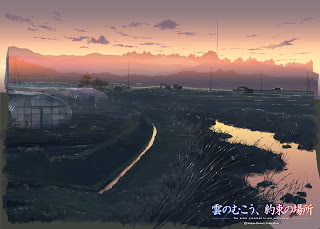

They cultivated their cult, in other words. Instead, they parceled out lots of great new songs over the course of two multi-disc live albums and put the rest on solo albums by Garcia (his self-titled album) and Bob Weir ( Ace). Their singing never sounded better and you'll be hard-pressed to find acoustic guitars recorded more beautifully.īut after this crucial juncture of their career, the Dead failed to deliver a follow up effort and let three years slip by without a studio release (an eternity in those days). These were the albums that finally earned the Dead some real chart success and put them on the map commercially. A lot has been written about these albums and how they influenced '70s-era acoustic rock, and they live up to their reputations with shimmering acoustic guitars, resonant harmonies, and a plethora of great tunes ("Uncle John's Band," "Truckin,'" "Sugar Magnolia").

Two more first-rate LPs followed with the aforementioned Workingman's Dead and American Beauty. Stephen," "Dupree's Diamond Blues," and "China Cat Sunflower." Intricate arrangements and intelligent keyboard work by short-lived member Tom Constanten give it a sonic quality unique to Dead discs. This is the album where the songwriting partnership of Jerry Garcia and Robert Hunter came together, and that immediately put the band among rock's heavy hitters with songs like "St. The first must-have Dead LP is their pop psychedelic opus from 1969, Aoxomoxoa. The follow up, Anthem of the Sun, was half-baked, with an ambitious song suite on its first side and an uninspired experiment in blending live and studio recordings on its second.īut starting with their third album, the group became great on record – and stayed great through six straight albums. Most of their self-titled debut comes off as standard garage band fare. One of the many reasons Dead albums get little respect is the group didn't start out on a brilliant note, like the Velvet Underground or Frank Zappa. This especially goes for Donna Jean Godchaux, who started as a session singer and is best heard in this setting.


They could create a spiritual vibe (the majestic fade-out of "Mississippi Half-Step Uptown Toodleloo"), spin subtle grooves ( Blues for Allah), and harmonize better than they did on stage. Most of the Dead's recordings aren't predictable or cookie-cutter and have a low-key personality all their own. But like "Scarlet Begonias" says, sometimes you can find revelations in unexpected places. Instead of prizing production and studio gloss, Deadheads revel in the improvisation and spontaneity. The main one is that their fans came to listen to them like jazz musicians more than rock artists. Beyond that, most other Dead albums don't get much praise. Their first two LPs of the 1970's, Workingman's Dead and American Beauty, are rated highly by just about everyone, while their comeback album from 1987, In the Dark, sold enough to belatedly make them a hot commercial property. In all, the group put out 13 studio albums: three in the 1960s, eight in the 1970's, and two in the 1980s. The band's 50th anniversary and announcement of a reunion though, offers a good reason to take a second listen to the band's oeuvre and question why it's considered mediocre. Deadheads generally prefer to listen to old concerts and rock listeners don't count the band's records as innovative or interesting as those of most other classic rock bands. Let's admit this upfront: the Grateful Dead's studio albums don't get many people excited. "Sometimes you get shown the light in the strangest of places if you look at it right" – The Grateful Dead, "Scarlet Begonias." The late '70's version of the Dead The Dead at 50: A Fresh Look at Their Old Studio Records Perfect Sound Forever: Grateful Dead studio albums THE GRATEFUL DEAD


 0 kommentar(er)
0 kommentar(er)
